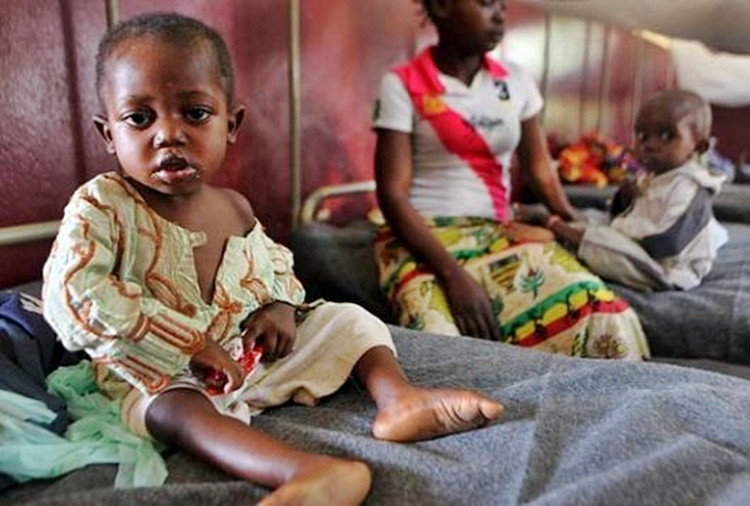Child mortality remains a terrible curse on the most vulnerable, and while it's fallen since the 1990s, it's a horrible reality that one child under 15 years old dies every five seconds somewhere in the world. Most of these infants die from preventable causes, said UNICEF in its new mortality estimates.
More than 6.3 million children under 15 years of age died in 2017, or one every five seconds, according to data released by UNICEF; the World Health Organization (WHO); the World Bank Group and the United Nations Population Division.
The report said the vast majority of these deaths, or 5.4 million, occur in the first five years of life. Newborns account for around half of these deaths.
Around 50 percent of all deaths under five years of age occurred in sub-Saharan Africa last year and another 30 percent in Southern Asia. One in 13 children died before their fifth birthday in sub-Saharan Africa. The main causes of death for children under five are preventable or treatable causes such as complications during birth, neonatal sepsis, pneumonia, diarrhea and malaria.
On the other hand, among children between 5 and 14 years of age, injuries such as drowning and road traffic accidents are the leading cause of death. Within this age group, regional differences also exist. The risk of dying for a child from sub-Saharan Africa 1 is 5 times higher than in Europe.
Mortality disparities persist within countries. Under-five mortality rates among children in rural areas are 50 percent higher on average than among children in urban areas. In addition, those born to uneducated mothers are more than twice as likely to die before turning five compared to those born to mothers with a secondary or higher education.
Children from the highest mortality countries are up to 60 times more likely to die in the first five years of life compared to those from the lowest mortality countries.
The report said that without urgent action, 56 million children under five will die from now until 2030. And half of these fatalities will be newborns, said Laurence Chandy, UNICEF Director of Data, Research, and Policy.
Chandy said that while countries have made remarkable progress to save children since 1990, millions are still dying because of who they are and where they are born. This dreadful reality for every child can change with simple solutions like medicines, clean water, electricity, and vaccines.
There is much good news, however. Globally, fewer children are dying each year. The report noted the number of children dying under five worldwide fell dramatically from 12.6 million in 1990 to 5.4 million in 2017. The number of deaths in children between 5 and 14 years old plunged from 1.7 million to under 1 million in the same period.






